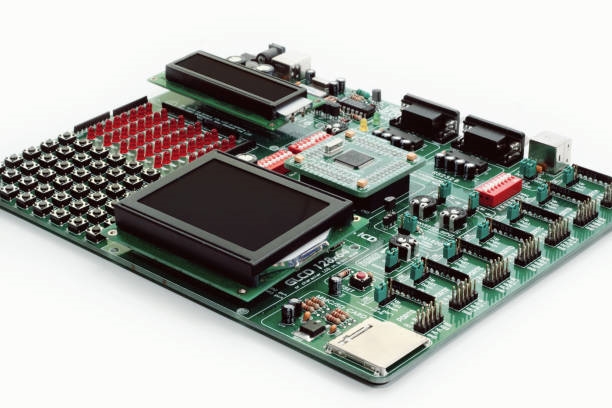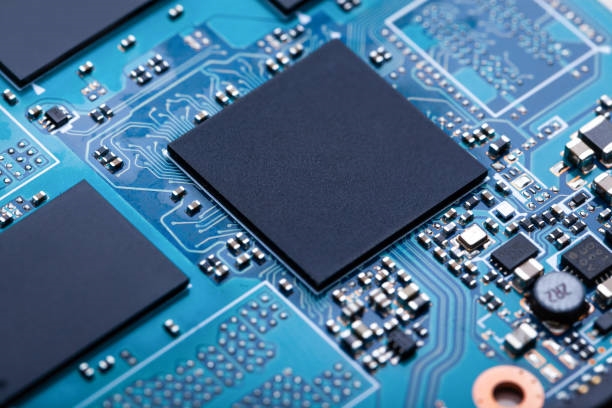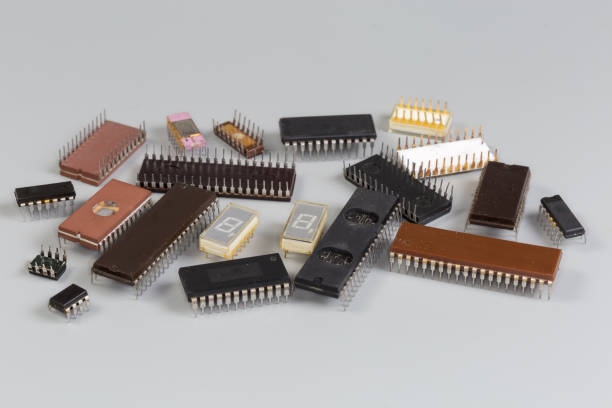MCU chips can be classified into four main categories based on their application requirements: commercial (or consumer) grade, industrial grade, automotive grade, and military grade. These classifications are primarily distinguished by the following criteria.
Operating Temperature
- Commercial Grade: 0°C to +70°C
- Industrial Grade: -40°C to +85°C
- Automotive Grade: -40°C to +125°C
- Military Grade: -55°C to +125°C
Processing and Packaging
- Commercial Grade: Basic waterproofing treatment.
- Industrial Grade: Adds moisture, corrosion, and mildew resistance to the waterproofing.
- Automotive Grade: Builds on industrial-grade standards with enhanced packaging design and heat dissipation.
- Military Grade: Offers superior resistance to shock, extreme temperatures, and fungi compared to automotive grade.
Circuit Design
- Commercial Grade: Includes basic lightning, short-circuit, and thermal protection.
- Industrial Grade: Features multi-level lightning protection, dual-transformer design, anti-interference measures, and protections for short circuits, thermal events, and over-voltage.
- Automotive Grade: Enhances industrial designs with multiple layers of short-circuit and thermal protection, along with over-voltage protection.
- Military Grade: Incorporates auxiliary and backup circuits, as well as multi-level lightning protection and dual-transformer designs.
System Cost
- Commercial Grade: Uses an integrated circuit board design, resulting in low initial costs but potentially higher maintenance expenses.
- Industrial Grade: Employs a modular structure where each circuit includes self-diagnostic functions.
- Automotive Grade: Also uses a modular structure but with enhanced heat dissipation, leading to higher manufacturing and maintenance costs.
- Military Grade: Has the highest manufacturing and maintenance costs among all categories.
In the automotive industry, reliability requirements place automotive-grade chips at a higher standard than both commercial and industrial-grade components.
Automotive-grade chips are specifically designed for use in vehicles. Unlike consumer or industrial products, these chips must meet stringent reliability standards for factors like operating temperature range, stability, and failure rates. Meeting these requirements is a significant barrier to entry for semiconductor manufacturers.
Automotive-Grade Certifications
To qualify as automotive-grade, a chip must pass several key certifications.
IATF 16949
In October 2016, the International Automotive Task Force (IATF) released IATF 16949:2016, which replaced ISO/TS 16949:2009 as the quality management standard for the automotive industry. The standard aims to standardize quality management systems across automotive organizations to foster continuous improvement, emphasize defect prevention, and reduce variation and waste in the supply chain.
IATF 16949:2016 is a globally recognized standard that outlines the requirements for an effective Quality Management System (QMS). Compliance is mandatory for many original equipment manufacturers (OEMs) and their suppliers.
The IATF 16949 standard is built upon the ISO 9001 framework, with additional requirements specific to the automotive industry. It applies strictly to automotive OEMs and their direct parts suppliers involved in manufacturing processes that add value to the product. Support facilities like design centers, corporate headquarters, and distribution centers cannot be independently certified to IATF 16949:2016. Similarly, manufacturers of equipment and tools for the automotive industry are not eligible for this certification.
ISO 26262
ISO 26262 is an international standard for the functional safety of electrical and electronic systems in vehicles. Derived from the general functional safety standard IEC 61508, it is specifically tailored for automotive components. The standard defines Automotive Safety Integrity Levels (ASIL) to classify risk, ranging from ASIL-A (lowest) to ASIL-D (highest). Compliance with ISO 26262 is a key indicator that a chip is suitable for automotive applications.
AEC-Q Series
The AEC-Q series of standards, established by the Automotive Electronics Council (AEC), are universally recognized for testing automotive-grade components. IC design companies must obtain AEC-Q certification to enter the automotive electronics supply chain.
The primary AEC standards include:
- AEC-Q100: Stress Test Qualification for Integrated Circuits (ICs)
- AEC-Q101: Stress Test Qualification for Discrete Semiconductors
- AEC-Q102: Stress Test Qualification for Discrete Optoelectronic Semiconductors (LEDs)
- AEC-Q103: Stress Test Qualification for Micro-Electro-Mechanical Systems (MEMS)
- AEC-Q104: Stress Test Qualification for Multichip Modules (MCM)
- AEC-Q200: Stress Test Qualification for Passive Components
AEC-Q100 is a critical benchmark for automotive ICs, focusing on reliability. To achieve certification, a device must pass all 41 tests across 7 categories. Completing the entire test suite typically takes a minimum of six months.
Types of Automotive-Grade Chips
Power Chips
New energy vehicles are the main driver for increased demand for power devices, including IGBT modules, SiC modules, MOSFETs, and GaN products. These components are primarily used in powertrain systems like the main drive inverter, on-board charger (OBC), and DC-DC converter.
Computing and Control Chips
These chips, mainly microcontrollers and logic ICs, act as the "brain" of an intelligent vehicle. They include main processors and auxiliary chips for applications such as in-vehicle infotainment, autonomous driving, and body control modules.
Memory Chips
Used for data storage, these include DRAM, SRAM, and Flash memory.
Sensor Chips
These chips detect and convert external signals into electrical signals for other devices. Examples include CMOS image sensors (CIS), image signal processors (ISP), and LiDAR chips.
Communication Chips
Responsible for sending, receiving, and transmitting communication signals, this category includes baseband, RF, channel, and power line communication (PLC) chips.
Analog Chips
Analog chips are used throughout the vehicle in body electronics, instrument clusters, chassis, powertrain, and ADAS. They are broadly divided into signal chain and power management chips.
Power Management Chips (PMICs)
Automotive PMICs are widely used in intelligent cockpits, autonomous driving systems, body electronics, infotainment systems, lighting, and battery management systems (BMS).
Driver Chips
The performance of driver chips directly influences key vehicle performance indicators such as hill-climbing ability, acceleration, and maximum speed.
Security Chips
These automotive-grade chips are designed to manage and secure vehicle functions related to safety, efficiency, and comfort, often complying with standards like AEC-Q and ISO 26262.
 ALLPCB
ALLPCB







